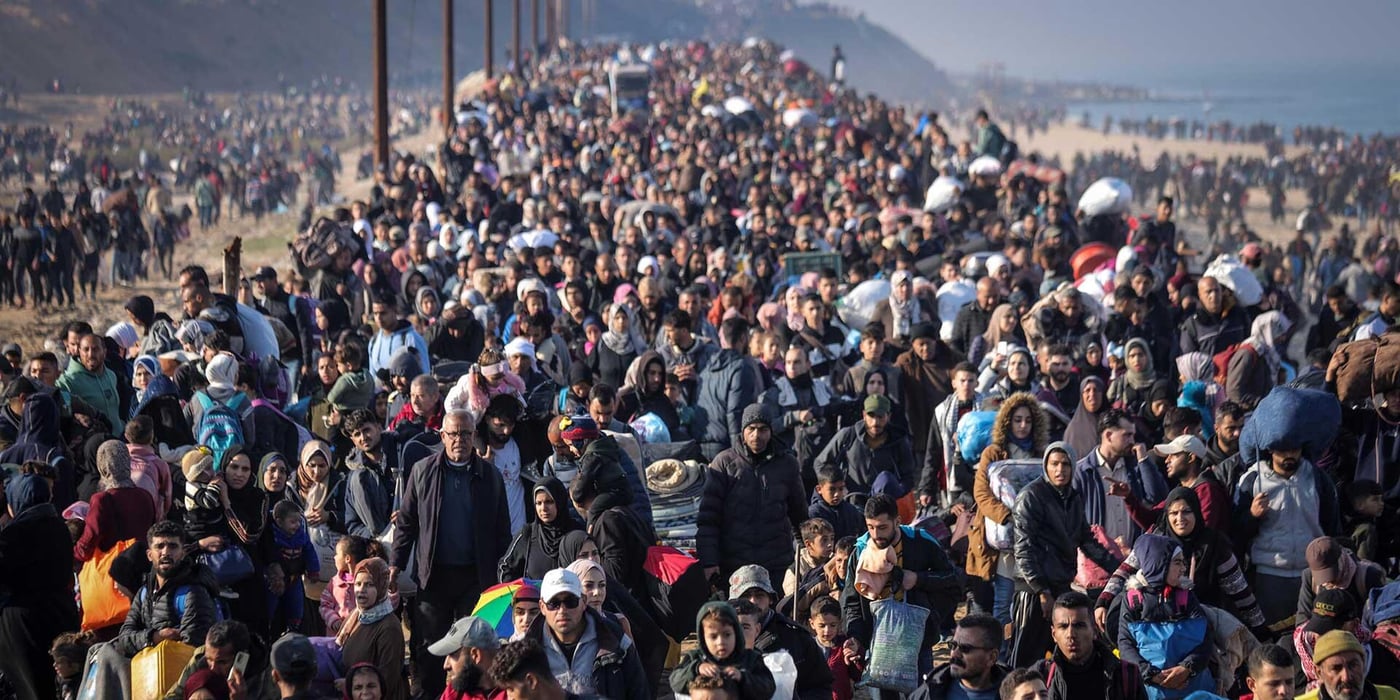
The new report, which was launched in Geneva Tuesday this week, highlights that despite increased attention and recognition, education in emergencies remains the most underfunded of all humanitarian sectors.
“Words must be turned into action. For too long we have heard world leaders speak about the importance of education without taking the necessary steps to ensure all children their right to education. It is time to walk the talk,” said Silje Skeie, Education Adviser in Norwegian Refugee Council (NRC).
“We have a responsibility to ensure that every single child is learning, no matter how hard or costly it is to reach them”, said Secretary General of Save The Children Norway, Tove Wang.
“It will not be easy and it may not be cheap, but it is possible. With strong commitments from the highest levels, I believe we can make a real difference to children’s lives”, says Wang.
Decrease in funding
The report, which is a review of some of the largest donors’ humanitarian policies on education, shows that despite increased recognition of the important role that education may play for children and young people affected by crisis, education remains the most underfunded of all humanitarian sectors.
“Despite broader understanding that education is important in times of crisis, few donors fund education in emergencies”, explained Skeie.
In 2012 the Global Education First Initiative called for doubling the share of total humanitarian aid earmarked for education to at least 4 percent. However, still education receives less than 2 percent of the funds from the humanitarian appeals.
28,5 million conflict hit children out of school
The consequences are fatal for millions of the most vulnerable children. While there has been tremendous progress in getting children into school over the past fifteen years, an increasing number of conflict affected children are not benefitting from this development.
While 30 percent of children in conflict affected countries were out of school in year 2000, 36 percent of all children in conflict are now denied their right to education. In total, 28,5 million of the 58 million children who are still out of school in the world today live in conflict and crisis affected areas.
Lack of donor policies and data
The report also points out how lack of clear donor policies on education results in lack of funding of education, since the decision on whether to fund education or not is not institutionalised. “Donors need to put in place policies where they commit to increase funding for education in emergencies drastically and ensure that the funding reaches its destination”, the report conclude.
Another barrier to funding is lack of proper data on education needs in emergencies and crises.
“The humanitarian community needs to recognize that education is an essential part of a humanitarian response and give it a higher priority. We must commit to doing better needs assessments, and education must be included in all assessments”, said Silje Skeie.
ABOUT THE REPORT
The report was commissioned by the Norwegian Refugee Council (NRC) and Save the Children to better understand the landscape of donors’ humanitarian policies on education and the role such policies play in influencing education in emergencies practice.
The sample of donors analysed for this review included Australia, Canada, Denmark, European Union (EU)/European Commission (EC), Finland, Germany, Japan, Netherlands, Norway, Sweden, Switzerland, United Kingdom (UK) and United States (US).



